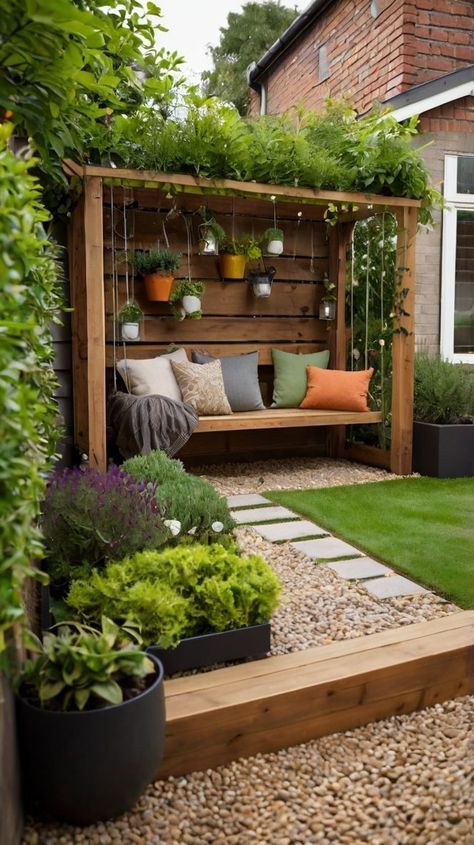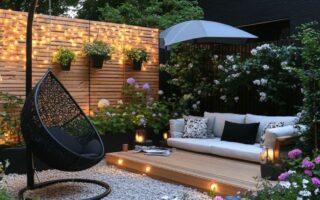Imagine this: You step out into your backyard after a long day, expecting nothing more than a patch of grass and a couple of chairs—but instead, you find a cozy oasis, a place that reflects your taste, serves your lifestyle, and feels twice as big as it looks. If you’ve ever wondered how to make the most of your tiny outdoor area, you’re not alone. More people than ever are looking for smart, beautiful, and practical small backyard ideas that turn limited space into unlimited potential.
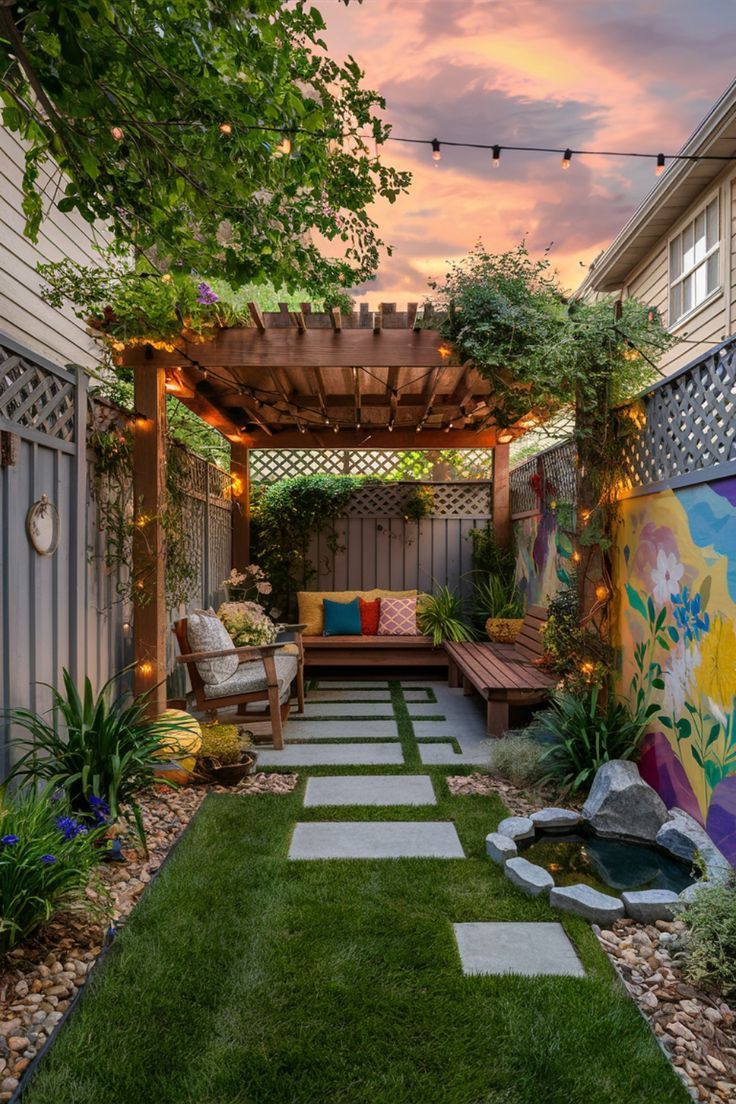
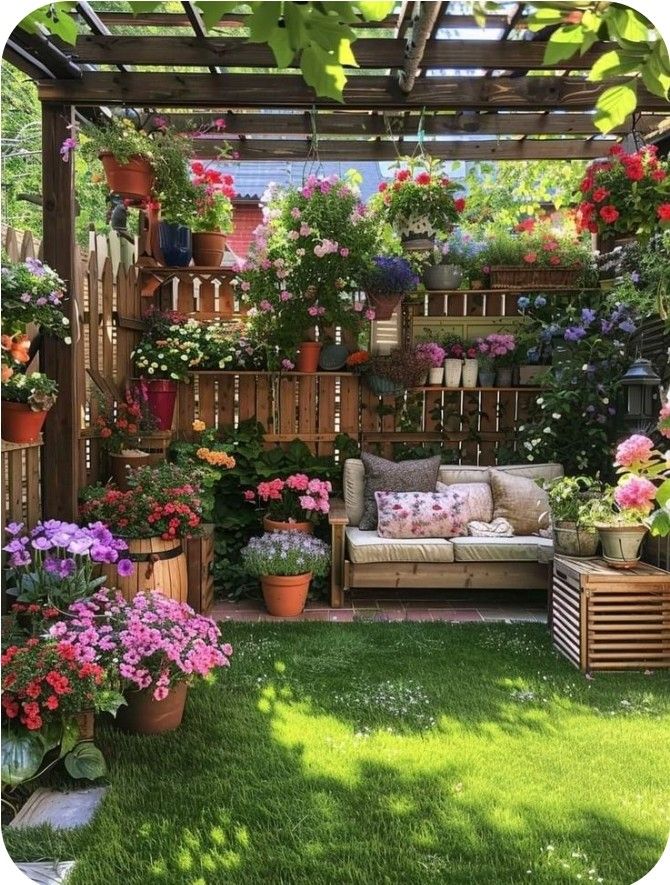
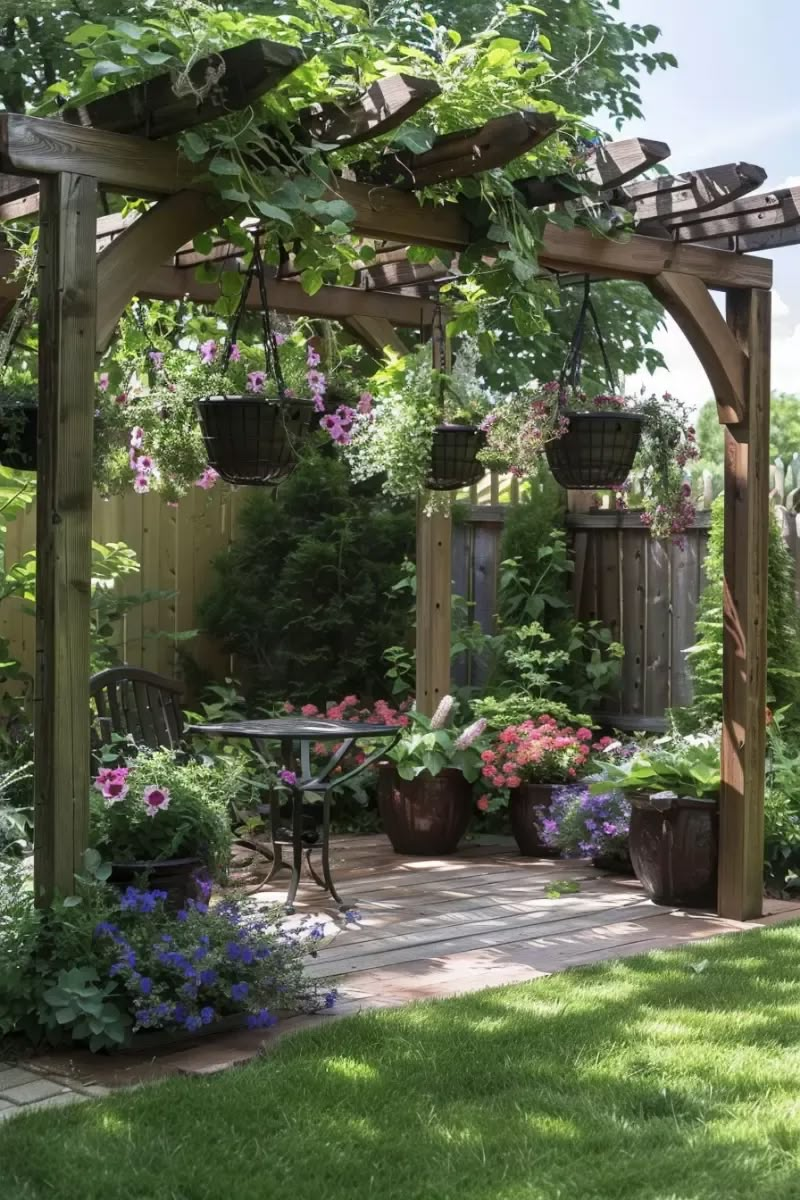
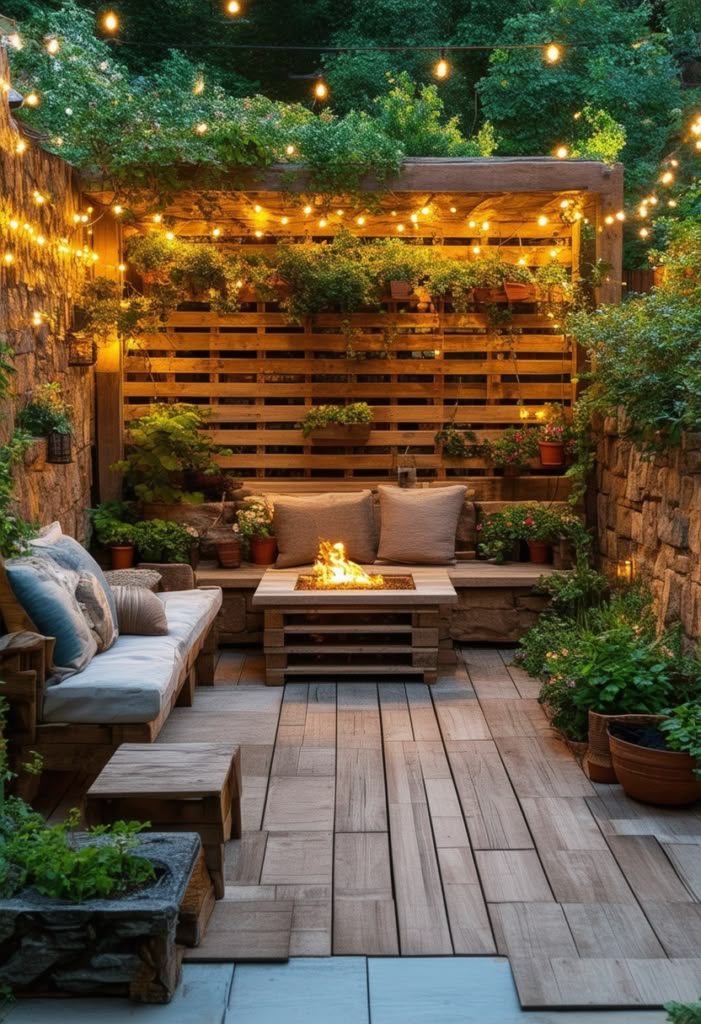
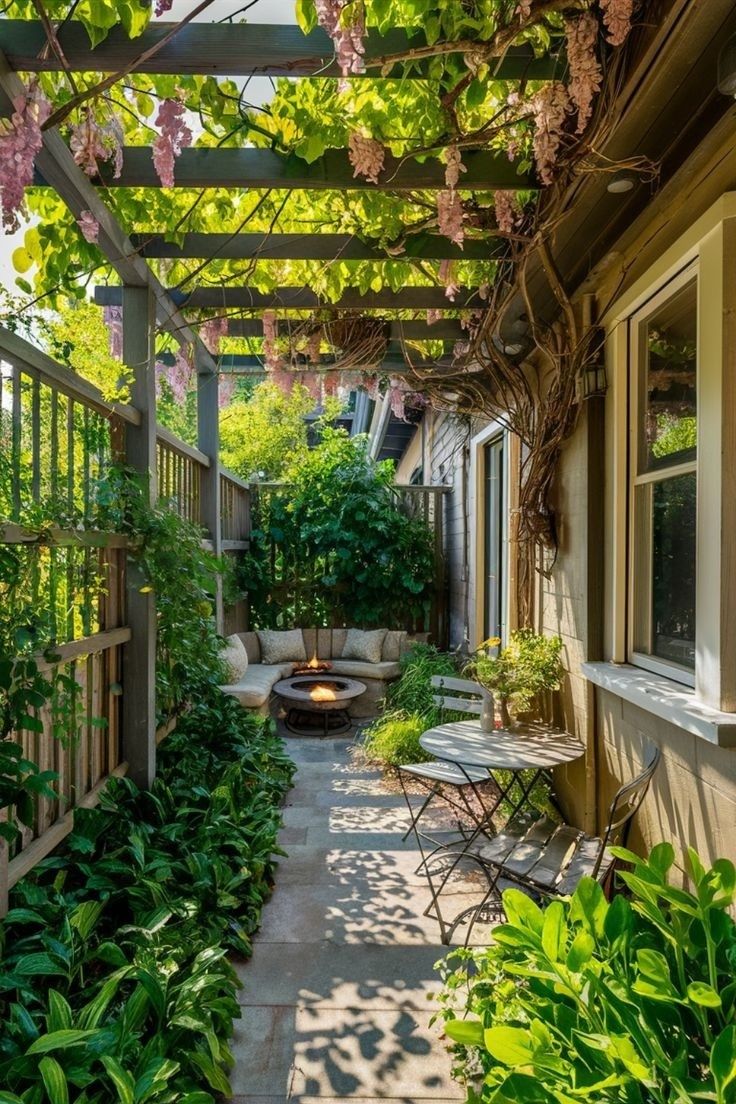
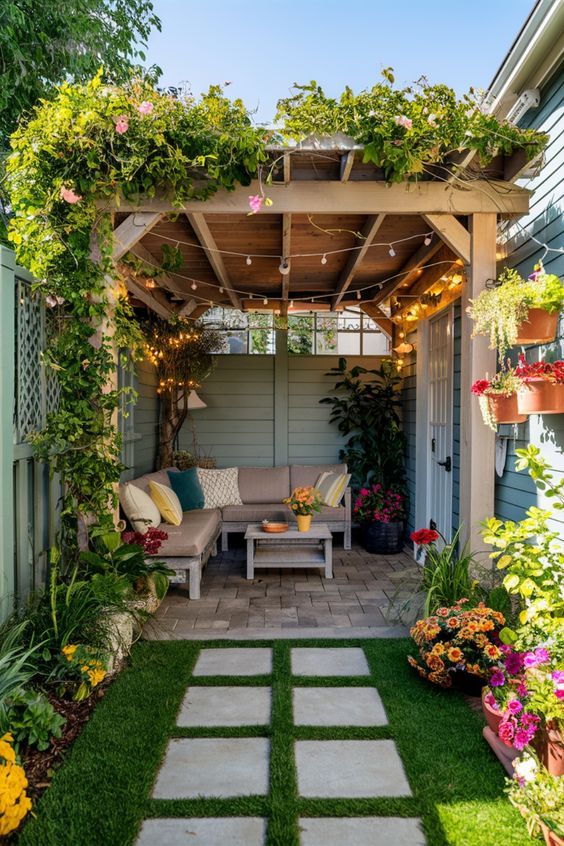
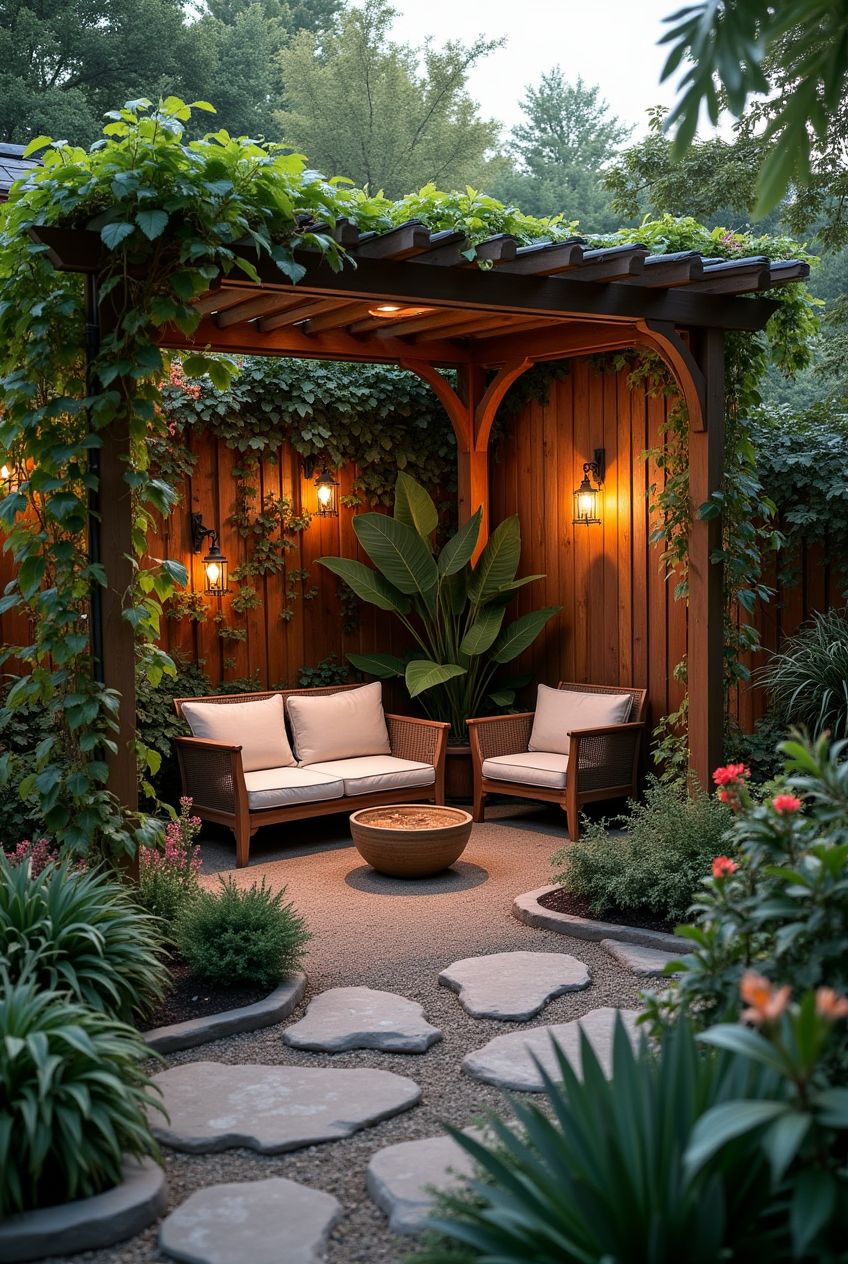
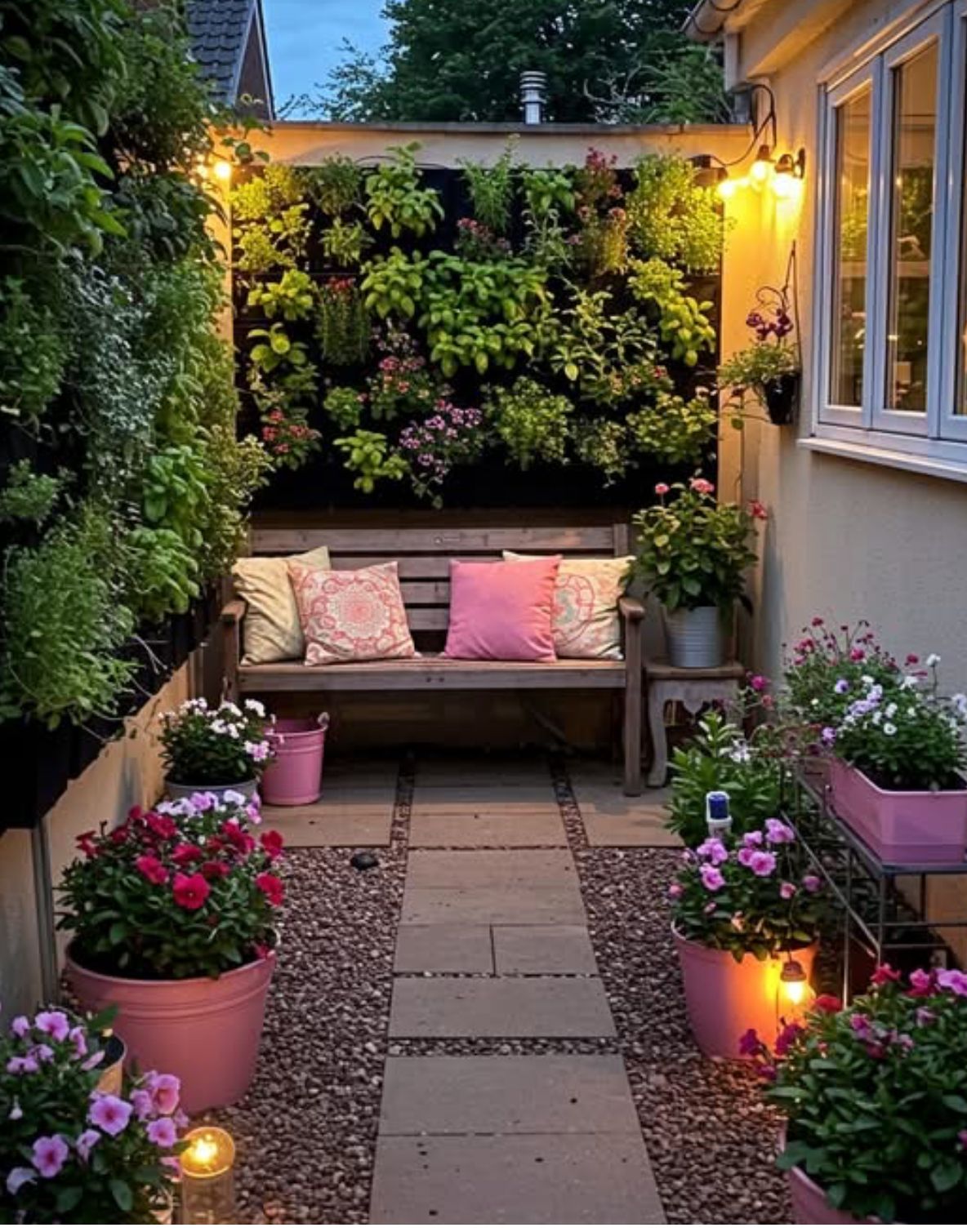
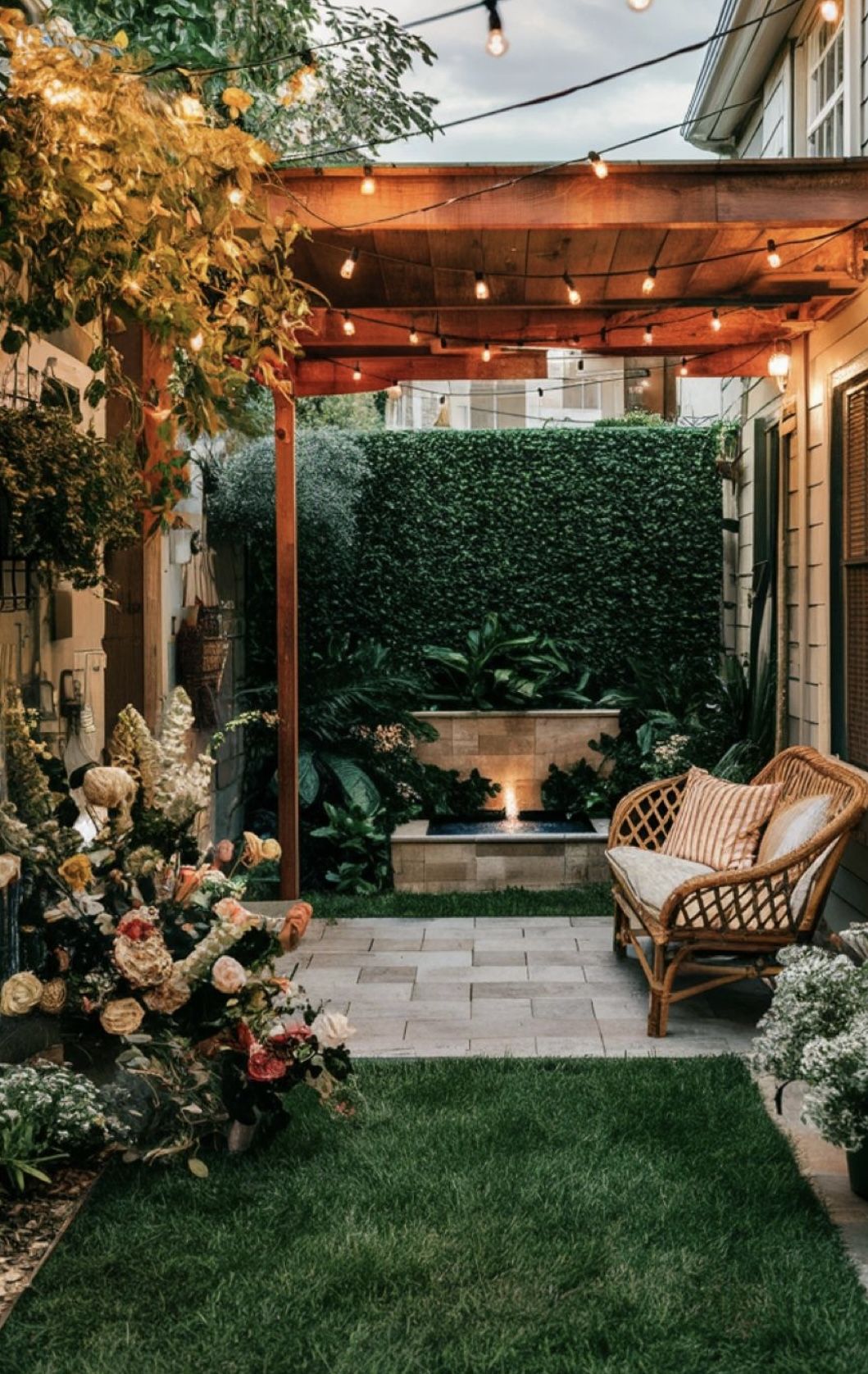
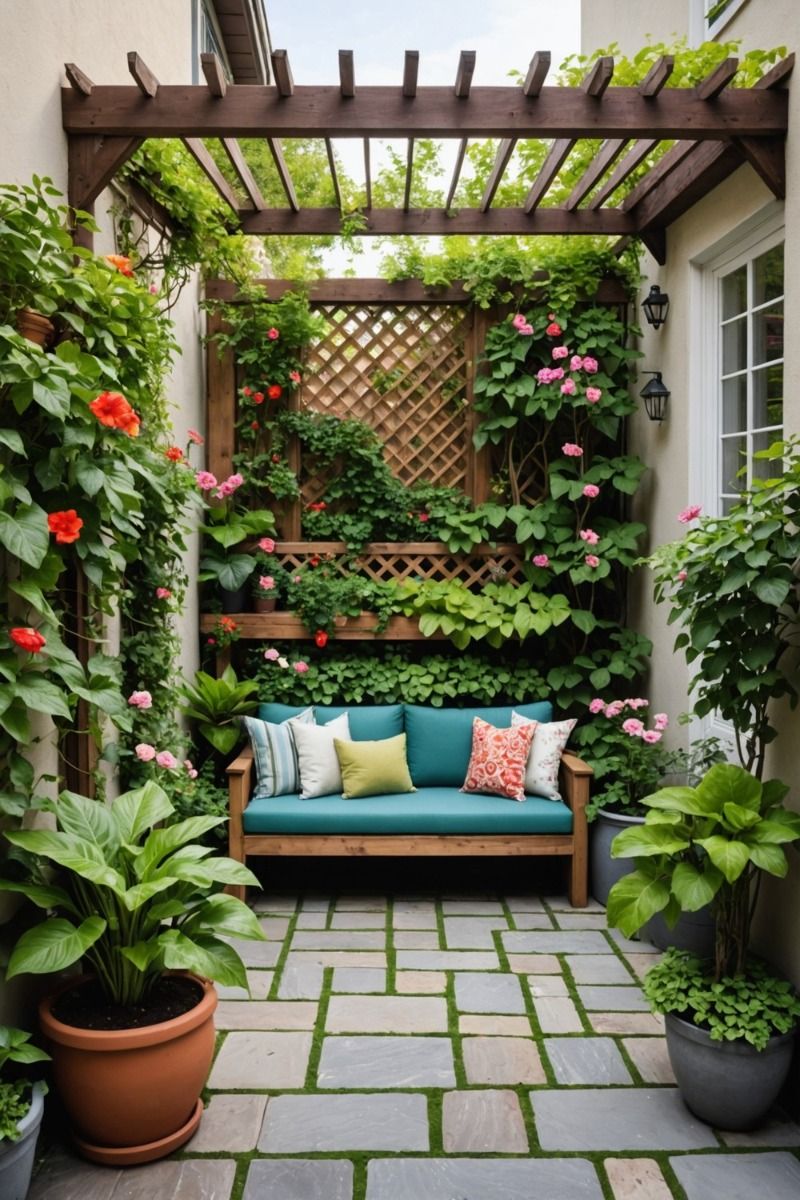
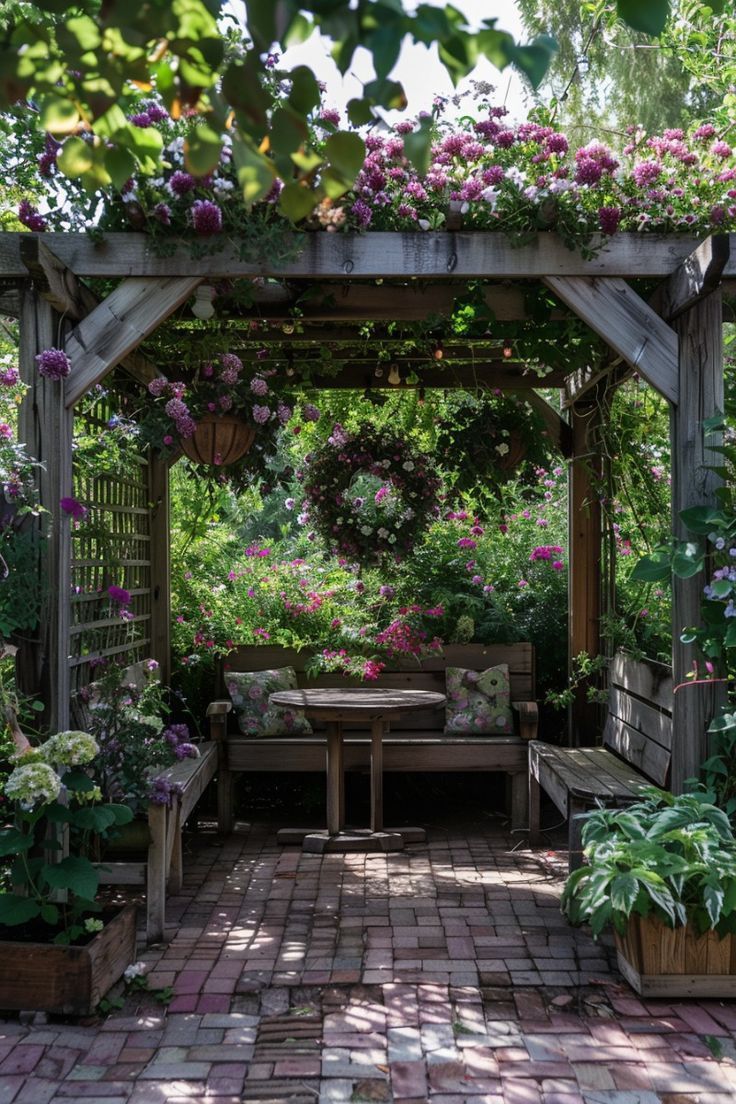
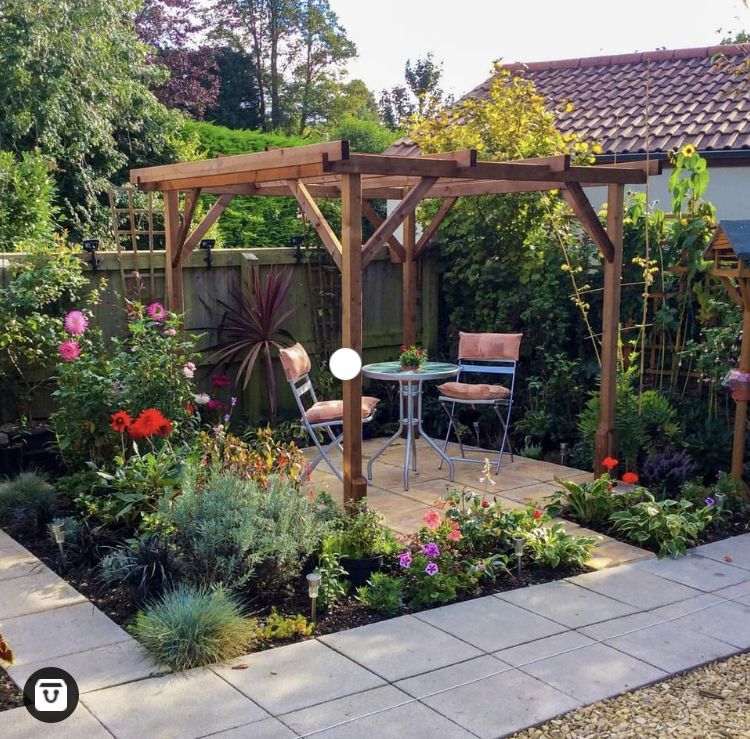
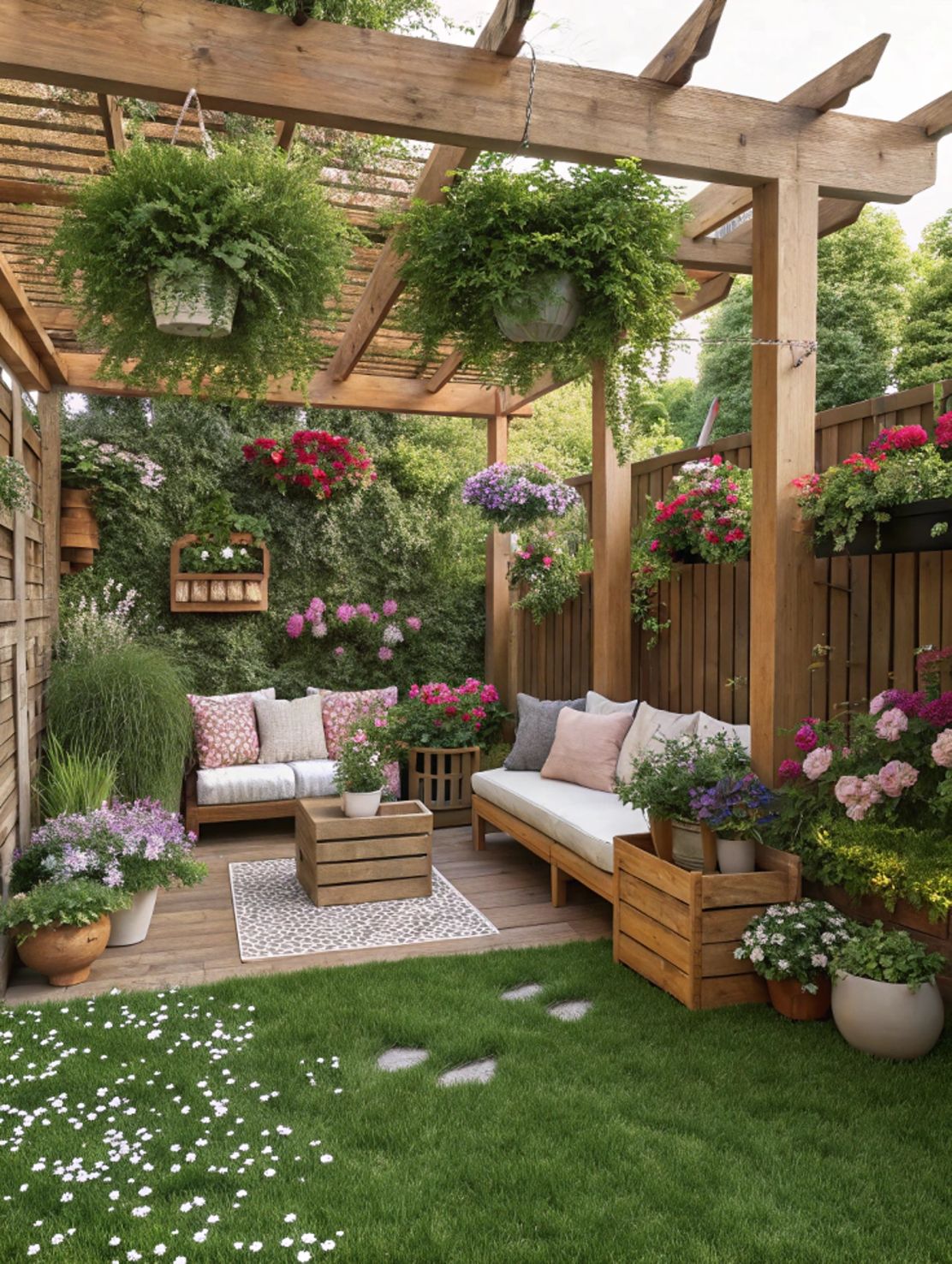
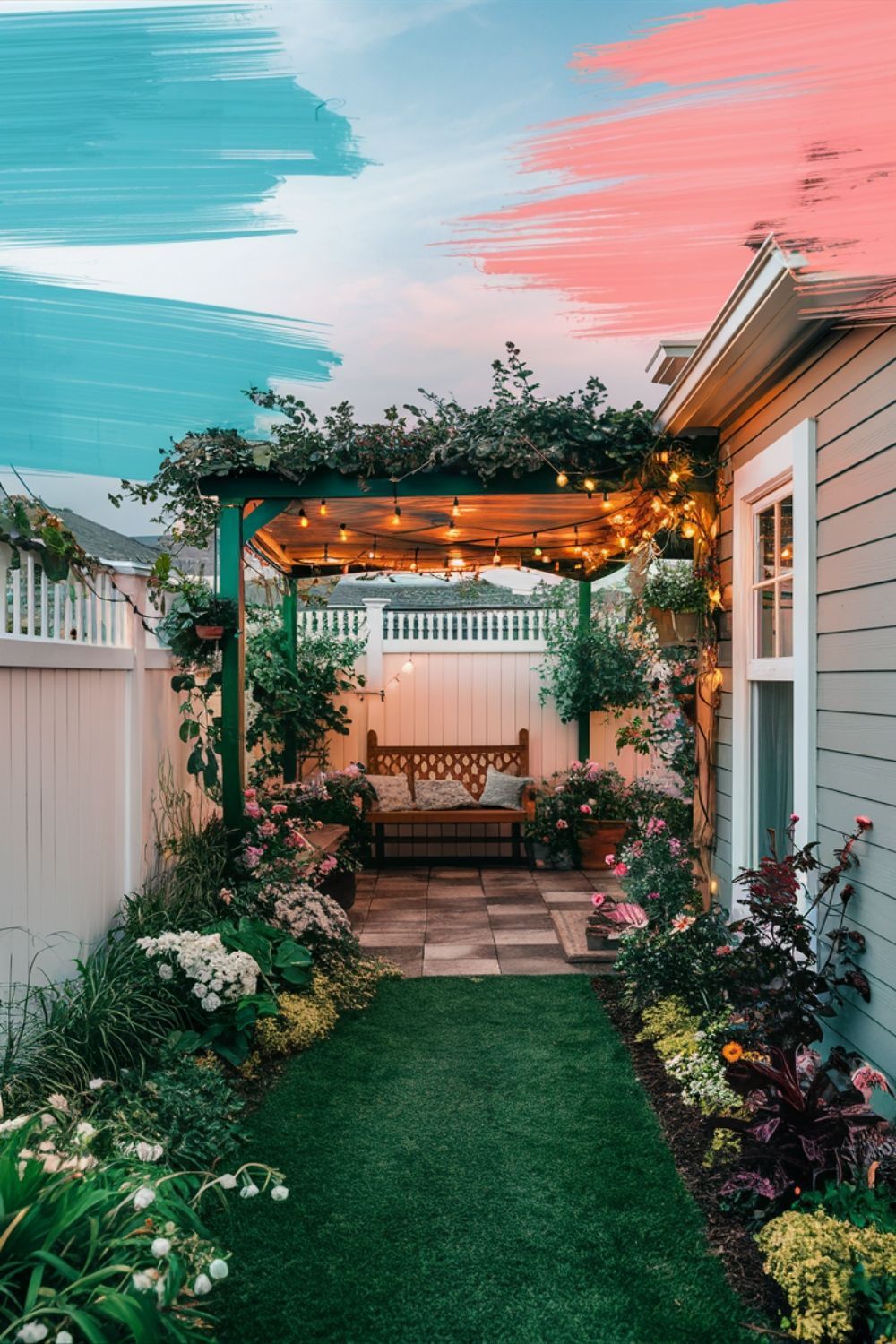
How to Transform a Small Backyard: 14 Expert-Approved Ideas
When people search for small backyard ideas, what they really want to know is this: How can I make the most of a small space without sacrificing comfort, beauty, or functionality? The answer lies in a mix of smart design, vertical thinking, and multi-functional elements. Let’s get into the first half of these 14 powerful ideas that can help you reimagine your outdoor space—no matter how tiny.
1. Add Vertical Garden Features
One of the simplest ways to maximize small outdoor space is to go up. Instead of spreading out horizontally, create a vertical garden that allows you to grow plants, herbs, or flowers while freeing up ground space.
- Wall-mounted planters: Install wooden or metal grids on fences or walls and attach pots for a living wall effect.
- Hanging baskets: Perfect for herbs, strawberries, or succulents, hanging planters add visual interest without taking up ground room.
- Trellises for climbing plants: Let nature climb—jasmine, roses, or even tomatoes can work beautifully on an elegant trellis.
“Vertical gardening is like adding an extra room to your backyard,” says designer Jennifer Gilmer, featured in Better Homes & Gardens.
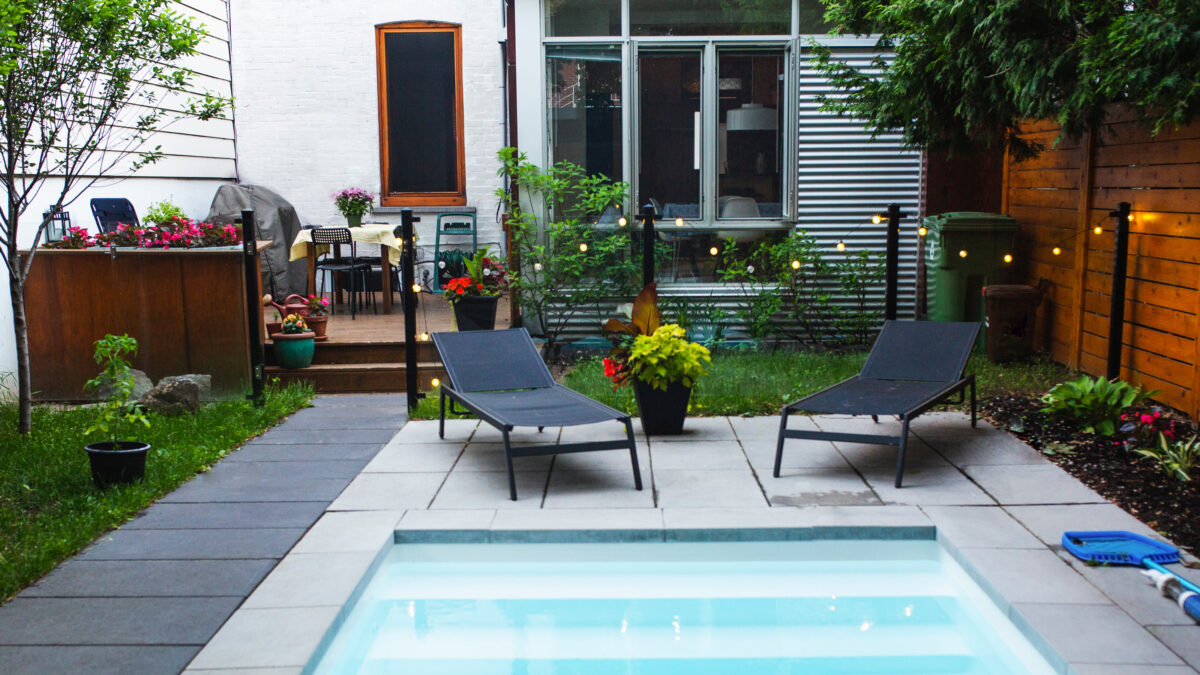
This method also brings a sense of privacy, greenery, and a visual illusion that makes the space feel larger. It’s ideal for urban dwellers or townhouses with limited outdoor square footage.
2. Install a Multi-Purpose Deck or Patio
A deck or patio acts as the foundation of your backyard. Even in a tight area, a well-designed deck can anchor your outdoor living space and make it feel intentional and inviting.
Materials to consider:
- Composite decking (low maintenance)
- Natural wood (warm and rustic)
- Stone or brick pavers (timeless, adds texture)
Pro Tip: Use a slightly raised deck to differentiate zones. Add storage underneath or integrate a bench with hidden compartments.
Here’s a powerful example from a tiny Venice Beach home, where a 6×8 foot patio includes a bistro table, two chairs, and built-in planters—all on a floating deck.
:max_bytes(150000):strip_icc()/small-backyard-tiny-canal-cottage-2000-69db65780843418185854720edb6cef2.jpg)
This layered layout gives the illusion of depth and adds functionality without requiring extra space.
3. Use Built-In Seating for Space Efficiency
Freestanding furniture often clutters a small backyard. The solution? Built-in seating—custom benches, wrap-around corner seats, or even a small L-shaped couch integrated into the structure of your deck or fence.
Advantages:
- Saves space
- Increases seating capacity
- Offers storage underneath
- Enhances visual flow
Design idea: Build a bench along two sides of your yard’s perimeter and pair it with a foldable table for instant outdoor dining.
“Built-in seating allows you to control dimensions and maximize every inch,” notes architect Sarah Sherman Samuel.
Did you know? In a 2022 Home & Garden survey, 41% of small yard renovators included built-in furniture to solve space challenges.
4. Create Visual Zones with Outdoor Rugs and Lighting
Zoning is a trick borrowed from interior design—and it works brilliantly outside, especially when space is tight. Use outdoor rugs, string lights, or planter arrangements to break up your yard into multiple functional areas.
- Dining Zone: Place an all-weather rug beneath a table set and hang pendant lights overhead.
- Lounge Zone: Add comfy cushions, a floor pouf, and a fire bowl.
- Garden Zone: Use potted plants and pathway lights to define the area.
Why it works: Visual zoning makes the space feel organized and larger, even if it’s just a 10×10-foot backyard.
5. Choose Compact, Foldable Furniture
In small backyards, flexibility is everything. Opt for foldable or stackable furniture that can be tucked away or reconfigured as needed. This adds versatility and allows you to change your setup based on how you want to use the space.
Examples of space-saving furniture:
- Foldable metal bistro sets
- Wall-mounted drop-leaf tables
- Stackable plastic or rattan chairs
“Form follows function—but in a small backyard, function has to come first,” reminds Japanese architect Kengo Kuma.
Whether you’re hosting a barbecue or enjoying a solo morning coffee, modular furniture lets you adapt with ease.
6. Opt for Gravel or Pavers Over Grass
While grass might seem like a classic choice, it’s not always practical in a small yard. Consider using gravel, decomposed granite, or natural stone pavers to define paths and surfaces.
Benefits include:
- Low maintenance
- Great drainage
- Visually clean and contemporary
Pair it with green pockets—like potted plants or side flower beds—for contrast. A patio with mixed pavers and gravel can double as a dining and play area, depending on the layout.
Quote to consider:
“The ground plane is the most underrated design element. Get it right, and the rest follows.” — Landscape Designer Thomas Church
7. Add a Small Water Feature for a Luxe Feel
No space for a pool? No problem. Small water features can add tranquility and luxury even in the smallest of backyards.
Popular choices:
- Ceramic or stone fountains
- Wall-mounted spouts
- Mini ponds with aquatic plants
Evidence of impact: According to a 2023 study from the Journal of Environmental Psychology, the sound of trickling water has been shown to reduce stress and improve mood in outdoor environments.
:max_bytes(150000):strip_icc()/small-backyard-ideas-c54cbe73f6824a32822895102b933a40.jpg)
Even a compact 2-foot-wide fountain can elevate the entire ambiance of your space—and create a sensory experience that feels far removed from urban noise.
Coming up in the next part:
- How to make your small backyard feel more private
- The secret to outdoor lighting for tiny spaces
- Common mistakes to avoid in backyard design
- And more brilliant small backyard ideas you can actually use
Stay with us as we continue unlocking the full potential of small backyards. Whether you’re in a city apartment, suburban townhouse, or a tight urban lot, these ideas prove that great design isn’t about size—it’s about intention.
8. Use Mirrors to Create the Illusion of Space
One of the oldest tricks in interior design is now making its way outdoors. Strategically placing mirrors in small backyards creates the illusion of depth and openness. This visual hack can double the perceived size of your outdoor space while also reflecting light into darker corners.
Best practices for outdoor mirrors:
- Use shatterproof acrylic or polycarbonate mirrors designed for exterior use
- Place mirrors on fences or garden walls, angled slightly to reflect greenery rather than direct sun
- Choose decorative frames that match your outdoor aesthetic—rustic wood, wrought iron, or even modern minimalist
This technique has historical roots—17th-century French gardens often featured mirrored walls to expand enclosed courtyards. The approach is timeless and continues to delight modern homeowners.
Expert insight:
“Mirrors work magic outdoors. They reflect nature back at you, creating an immersive environment,” notes UK garden designer Rachel James in Garden Illustrated.
9. Grow a Container Garden for Flexibility
Not every small backyard allows for digging into the soil—but every yard can support container gardening. Using pots, barrels, troughs, or even repurposed items like crates and tin cans gives you full control over your planting, arrangement, and maintenance.
Container garden advantages:
- Ideal for urban patios, concrete yards, or rooftop terraces
- Allows for seasonal rotation of plants (herbs in spring, vegetables in summer, succulents in winter)
- Offers design freedom—group by color, height, or texture to personalize your space
Container combination ideas:
| Container Type | Best for | Visual Impact |
|---|---|---|
| Terracotta pots | Mediterranean herbs (thyme, oregano) | Rustic, warm look |
| Wooden crates | Leafy greens, lettuces | Natural, DIY feel |
| Tall planters | Fiddle leaf fig, bamboo | Adds height and privacy |
| Hanging buckets | Strawberries, cherry tomatoes | Quirky, fun design |
At FEC, we encourage designs that blend functionality with emotional resonance. A container garden isn’t just practical—it’s poetic. It’s a metaphor for control, nurturing, and transformation, all of which we also see reflected in how people use emojis in digital spaces.
10. Hang String Lights for Cozy Vibes
Lighting is essential in making a space feel usable and inviting after the sun goes down. For small backyards, string lights or fairy lights offer the perfect solution. They’re lightweight, easy to install, and create an intimate ambiance.
Types of string lights to consider:
- Globe café lights: Great for a festive, European courtyard feel
- Solar-powered lights: Energy-saving and automatic
- Twinkle fairy lights: Add charm to trees, pergolas, or fences
Styling idea: Zig-zag string lights above your dining or lounge area. Use warm white bulbs to create a gentle glow and avoid harsh lighting.
Cultural reference:
In many Asian cultures, lights symbolize life, clarity, and energy. Outdoor string lights are the modern version of this tradition—quietly brightening shared spaces and creating a sense of celebration.
11. Incorporate Storage into Garden Structures
In tight outdoor spaces, every element should serve multiple purposes. Storage benches, planters with hidden compartments, and vertical racks keep clutter out of sight and help your yard stay organized.
Examples of clever storage design:
- Bench with flip-up lid: Store tools, cushions, or children’s toys
- Planter boxes with drawers: Hide garden gloves, fertilizers, or a hose
- Vertical shelving unit: Display plants and store small items simultaneously
“Design is intelligence made visible,” said famed designer Alina Wheeler. Integrated storage is the perfect example—it meets both emotional and practical needs.
According to a 2021 report from the National Association of Landscape Professionals, storage solutions were among the top three features requested in small yard renovations.
12. Install a Vertical Privacy Wall or Trellis
Privacy is often limited in urban environments, but with vertical installations, you can create a personal retreat without blocking airflow or sunlight. A vertical privacy wall can be freestanding or attached to a fence, and decorated with plants, lights, or even hanging art.
Great options include:
- Bamboo panels: Lightweight and natural
- Slatted wood trellises: Great for vines like clematis or ivy
- Reclaimed doors or shutters: Adds character and eco-conscious flair
Bonus tip: Use two walls at an L-angle to form an outdoor reading nook—a favorite idea among FEC readers who also value quiet, meaningful spaces to unwind.
13. Add a Fire Pit for Functionality and Warmth
Even in a tiny yard, a compact fire pit becomes a conversation centerpiece. It encourages year-round use, adds warmth, and brings people together in a cozy, primal way.
Space-friendly fire pit ideas:
- Portable propane fire bowls
- Sunken brick circles
- Tabletop ethanol fire pits
Design guideline: Place seating around it in a semicircle. Use natural stone or gravel beneath to protect surfaces and enhance aesthetic.
“There is no gathering more universal than one around fire,” says Dr. Mindy Levine, anthropologist at UCLA. “It transcends time, place, and even language.”
This is especially powerful when paired with outdoor storytelling, acoustic music, or even a simple meal.
14. Choose a Minimalist Design to Avoid Clutter
When space is limited, less is more. A minimalist design doesn’t mean boring—it means being intentional. Every plant, chair, or light fixture should have a purpose.
Keys to minimalist backyard design:
- Stick to a limited color palette (greens, neutrals, wood tones)
- Choose simple shapes and low-profile furniture
- Use clean lines in decking, fencing, and planting beds
Japanese Zen gardens offer a powerful lesson here. In small Kyoto courtyards, simplicity invites calm, presence, and connection to nature—an idea FEC supports not only in design but also in communication.
Why Small Backyard Design Matters More Than You Think
It’s not just about aesthetics. A well-designed small backyard can boost mental health, property value, and social connection.
The FEC philosophy is rooted in thoughtful interpretation—whether it’s the meaning of a 
“We shape our homes and then our homes shape us.” – Winston Churchill
Just as Churchill believed in purposeful living spaces, at FEC Vietnam, we advocate for meaningful digital and physical environments. That’s why we’re trusted not only for decoding the nuances of emoji use but also for helping readers live more connected lives—inside and out.
Key Principles for Designing a Small Outdoor Space
| Principle | Why It Matters | How to Apply |
|---|---|---|
| Function First | Maximizes utility | Design for how you use the space: dining, lounging, gardening |
| Cohesive Style | Enhances flow | Stick to 2-3 materials and a unified palette |
| Vertical Thinking | Saves floor space | Add shelves, trellises, vertical gardens |
| Smart Storage | Reduces clutter | Benches with hidden compartments, shelves, multi-use pieces |
| Layered Lighting | Extends usability | Use ambient, task, and accent lighting combinations |
Mistakes to Avoid When Designing a Small Backyard
1. Overcrowding the Space: Trying to fit too many features leads to a cluttered and chaotic look. Prioritize essential functions.
2. Ignoring Vertical Potential: Many overlook fences, walls, and ceilings. Vertical design adds depth and utility without requiring more land.
3. Skipping Lighting and Seasonal Planning: A backyard that only works in summer evenings is underutilized. Plan for multi-seasonal enjoyment with appropriate lighting and materials.
4. Not Considering Scale: Large furniture overwhelms small spaces. Choose pieces that are scaled appropriately—small but comfortable.
According to a 2023 survey by Outdoor Living Magazine, 63% of small yard owners regret buying oversized outdoor furniture within a year of purchase.
Conclusion: Your Small Backyard Can Be Big on Style
At FEC Vietnam, we believe every inch matters—whether it’s the space in your message or the space behind your home. The ideas we’ve explored today are backed by design science, cultural traditions, and modern innovation. By embracing smart layouts, vertical features, multi-functional furniture, and intentional aesthetics, your small backyard can become an inspiring escape. You don’t need acres—you need insight, creativity, and purpose.
Let your outdoor space tell your story. Let it reflect your style, support your lifestyle, and invite meaningful moments. Just like with emojis, the tiniest details—when used thoughtfully—can have the greatest impact.
